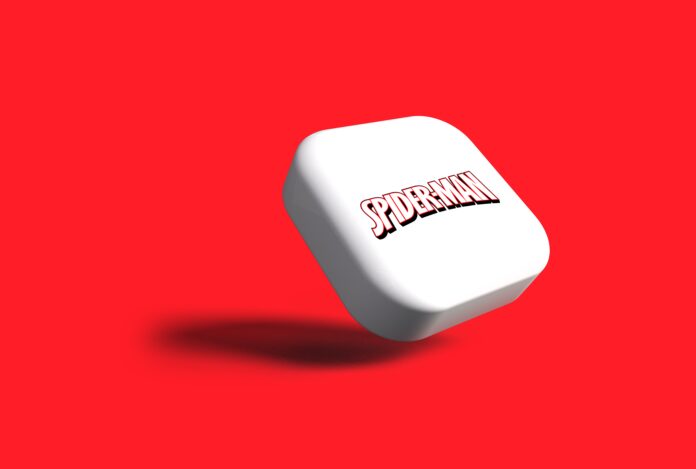Flutter is a popular open-source UI framework developed by Google for creating natively compiled applications for mobile, web, and desktop from a single codebase. It allows developers to build beautiful and high-performance applications with a seamless user experience. Flutter has gained significant traction in the software development community due to its robustness, ease of use, and the ability to create visually appealing and responsive user interfaces. In this comprehensive guide, we will delve into the intricacies of Flutter, exploring its architecture, key features, advantages, and use cases.
Flutter, Flutter, Flutter! It is worth emphasizing the versatility and flexibility of this innovative framework. By leveraging the Dart programming language, Flutter empowers developers to craft stunning applications that run on multiple platforms without compromising performance. The “write once, run anywhere” paradigm is one of the core principles of Flutter, allowing developers to create consistent and visually appealing user interfaces across different operating systems, including Android, iOS, Windows, macOS, and Linux.
At the heart of Flutter lies its unique architecture, known as the Flutter engine. The engine is responsible for rendering and laying out the UI components, handling user input, and integrating with the underlying platform services. Flutter employs a reactive framework that enables fast and efficient UI updates by utilizing a concept called widgets. Widgets are the building blocks of Flutter applications, representing UI elements such as buttons, text fields, images, and more. Flutter’s rich widget library includes a vast array of pre-designed and customizable widgets, enabling developers to create complex and beautiful user interfaces with ease.
One of the remarkable aspects of Flutter is its hot reload feature. Flutter, Flutter! It’s hard not to mention the convenience and productivity boost provided by this feature. With hot reload, developers can instantly see the changes made to the code reflected in the running application, eliminating the need for time-consuming recompilations and restarts. This rapid iteration cycle allows for quick experimentation and fine-tuning of the user interface, making Flutter an ideal choice for agile development processes and prototyping.
Flutter’s support for native performance is another significant advantage. By utilizing the Skia graphics engine, Flutter achieves exceptional performance by rendering UI elements directly to the canvas. This approach eliminates the performance overhead associated with traditional bridging methods used in cross-platform frameworks. The result is a highly responsive and smooth user experience that matches or even exceeds the performance of natively developed applications.
Moreover, Flutter provides a rich set of tools and libraries that simplify common development tasks. Flutter, Flutter! Its comprehensive ecosystem includes packages for handling networking, databases, state management, navigation, and much more. These packages, available through the Flutter pub package manager, enable developers to add advanced functionality to their applications effortlessly. The Flutter community actively contributes to this ecosystem by developing and maintaining numerous open-source packages, making it easy to find solutions for various development needs.
Flutter’s UI design capabilities are remarkable. It provides a rich set of customizable widgets that can be easily styled to match specific design requirements. Flutter widgets are highly composable, meaning they can be combined and nested to create complex UI layouts. Whether it’s creating a simple button or a sophisticated animation, Flutter’s widget system offers the flexibility and control needed to bring designs to life.
Another key strength of Flutter is its strong community support. The Flutter community is vibrant and constantly growing, with developers from around the world contributing to its development and sharing their knowledge. This active community ensures that Flutter stays up to date with the latest trends, features regular updates, and provides comprehensive documentation, tutorials, and resources. The availability of online forums, chat groups, and open-source projects makes it easy to seek help and collaborate with fellow Flutter enthusiasts.
Flutter’s cross-platform capabilities make it an excellent choice for businesses and developers looking to target multiple platforms simultaneously. By developing a single codebase with Flutter, companies can save time and resources, as they don’t need separate teams to build and maintain applications for each platform. This unified approach reduces development efforts, simplifies the testing and debugging process, and accelerates time-to-market for new products or features.
Furthermore, Flutter’s hot reload feature significantly enhances developer productivity. With hot reload, developers can instantly view changes made to the code in real-time without restarting the application. This iterative development process speeds up debugging and allows for quick experimentation, resulting in faster development cycles and more efficient collaboration within teams.
Flutter’s ability to access native features and APIs further expands its capabilities. It provides a comprehensive set of plugins that allow seamless integration with platform-specific functionalities. Whether it’s accessing device sensors, making network requests, or interacting with platform-specific UI components, Flutter provides easy-to-use plugins that enable developers to harness the full potential of the underlying platforms.
When it comes to performance, Flutter shines. Flutter applications are compiled directly into native machine code, eliminating the need for interpretation or bridging layers. This approach enables Flutter apps to achieve native-like performance and responsiveness. Flutter’s rendering engine, powered by Skia, ensures smooth animations and transitions, making applications feel fluid and interactive.
Flutter’s versatility extends beyond mobile platforms. With Flutter for web, developers can leverage their existing codebase to create web applications with the same UI fidelity and performance as their mobile counterparts. Additionally, Flutter’s experimental support for desktop platforms like Windows, macOS, and Linux allows developers to build native desktop applications using the same framework and programming language.
In conclusion, Flutter is a powerful and flexible framework for building cross-platform applications. Its unique architecture, extensive widget library, hot reload feature, native performance, and strong community support make it a compelling choice for developers and businesses. Whether you are a beginner or an experienced developer, Flutter offers a productive and enjoyable development experience, enabling you to create stunning and high-performance applications for various platforms. With its growing ecosystem and continuous improvements, Flutter is poised to play a significant role in the future of app development.














